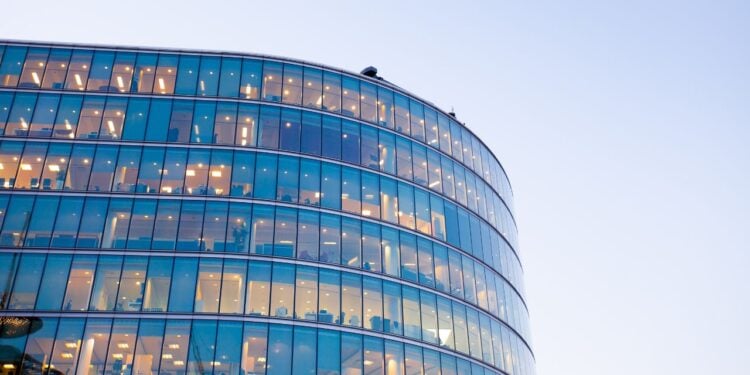Office occupancy currently ranges anywhere from 20% to 70% in the post-pandemic era — an indicator of an uncertain future.
The wide gap suggests that office footfalls vary depending on region and occupation, but one common thread is that the road to recovery has not been a straight line for anyone.
According to analysis from JLL, UK daily occupancy has climbed to 47% after falling to record lows of 5% earlier in the year due to the pandemic. While the country is trending lower than that of Australia, which is currently seeing around 60% occupancy in Sydney, it is leading the pack in achieving net zero carbon strategies.
The U.S. shows that occupancy remains on the lower end at around 30% to 40% in major cities like Chicago and New York. On the other hand, the country is leading in office innovation and creativity, key in future office sustainability.
JLL’s Future of Work survey showed that, although companies are cutting down on their office footprint, they are increasingly focused on providing quality space.
Office occupancy is volatile, but data supports that companies are still willing to spend the money if the space is top quality.


 Dr. Gleb Tsipursky – The Office Whisperer
Dr. Gleb Tsipursky – The Office Whisperer Nirit Cohen – WorkFutures
Nirit Cohen – WorkFutures Angela Howard – Culture Expert
Angela Howard – Culture Expert Drew Jones – Design & Innovation
Drew Jones – Design & Innovation Jonathan Price – CRE & Flex Expert
Jonathan Price – CRE & Flex Expert











